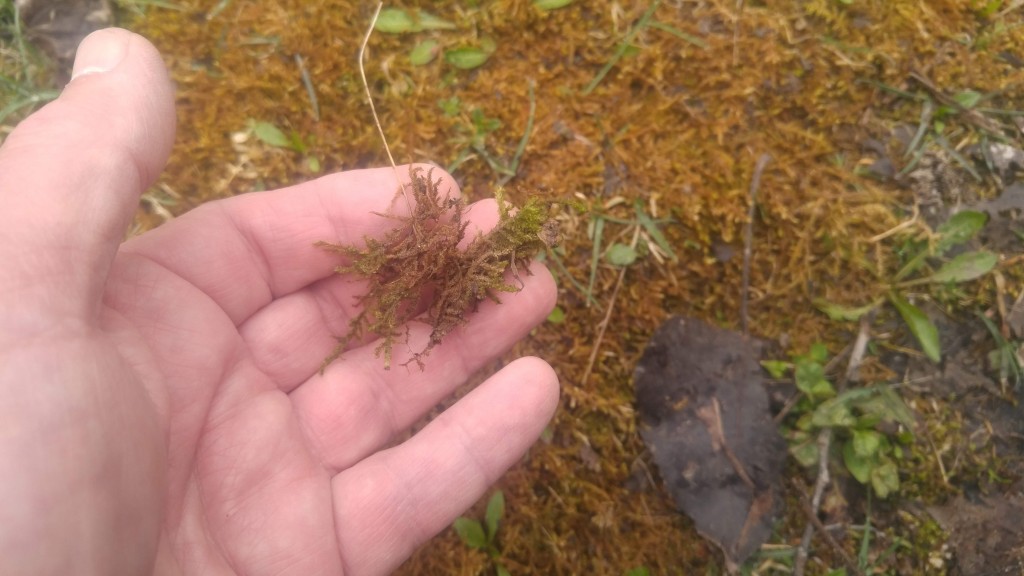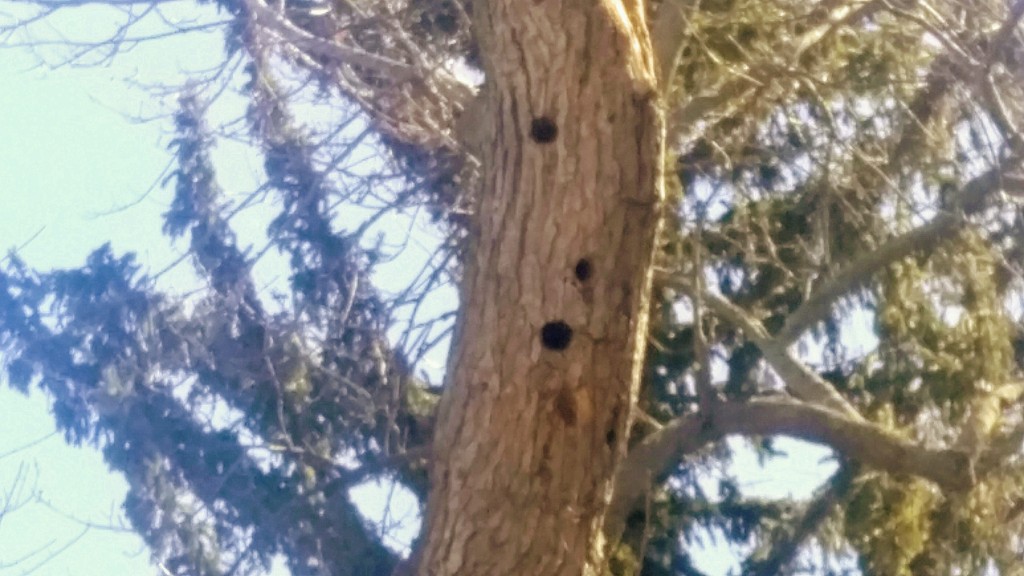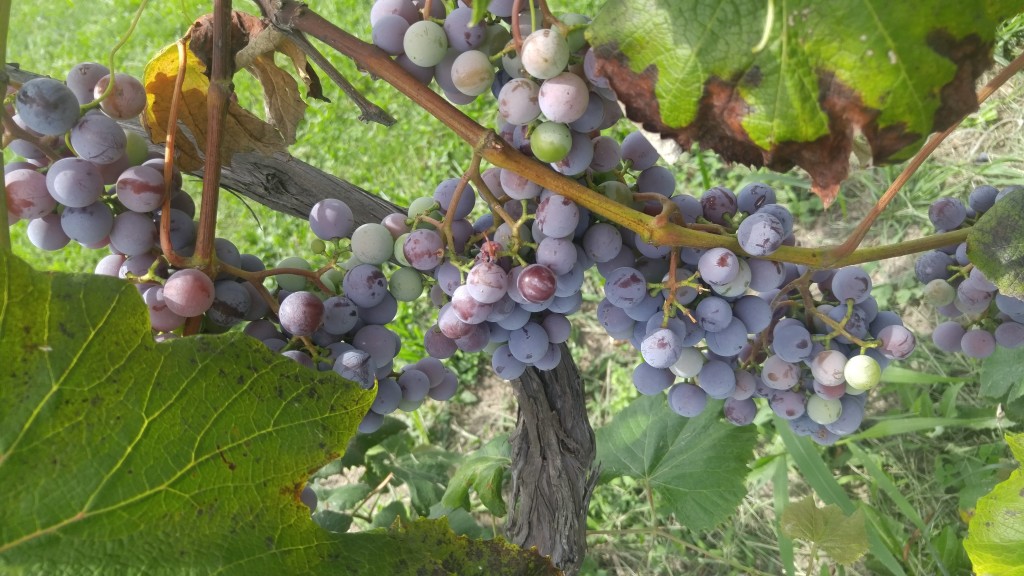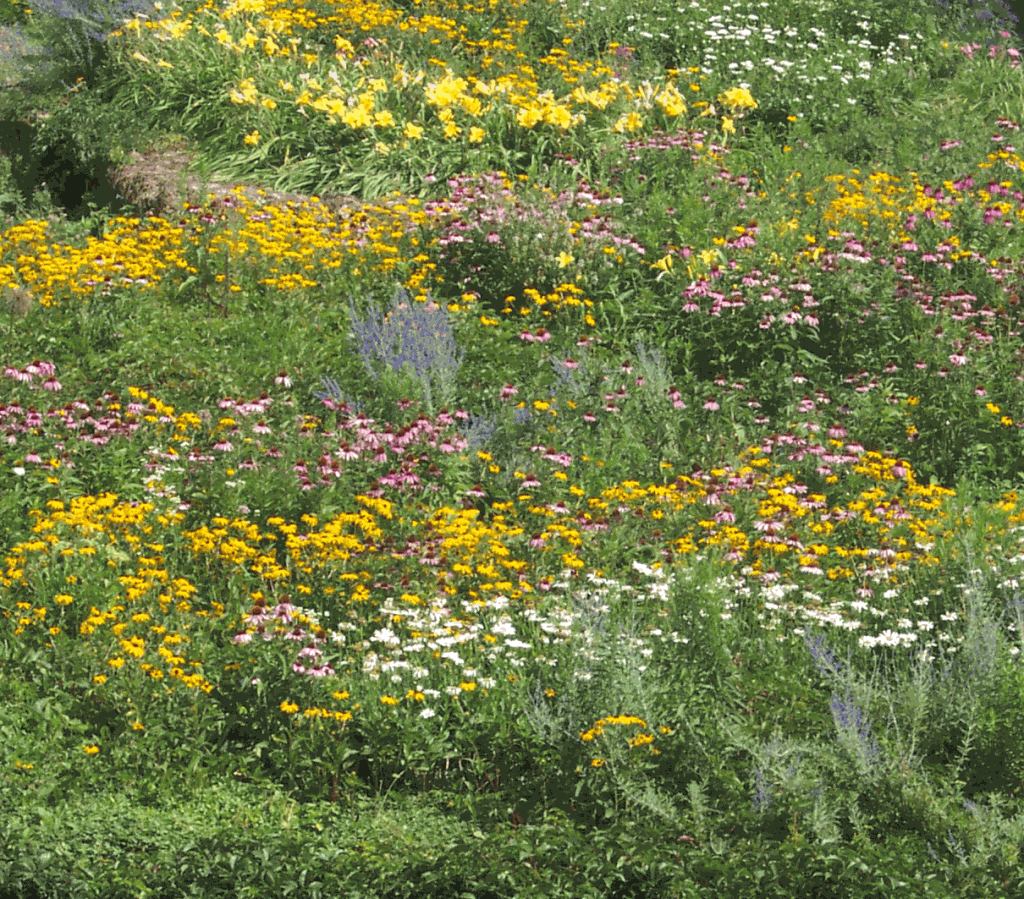So far this winter has been relatively mild which is good for all kinds of wildlife including birds and small and large mammals. Milder temperatures means fewer calories are needed to stay alive.
There is no deep or ice-encrusted snow to keep wildlife from getting to their food sources such as nuts, seeds, fruits, grasses, etc.
During a severe winter, wildlife can rapidly use up the fat they gained through the summer and fall. They also have to work harder to get to winter food if it is covered by a deep blanket of snow or a layer of ice.
Fortunately, there is a common native tree that helps wildlife make it through the winter by providing food and shelter. That is the humble boxelder tree.
Boxelder trees been disdained by landscapers and arborists so much and for so long that we forget they can contribute in a positive way to the local ecosystem.
There are few reasons why boxelder are scorned. First is because of their looks. Unlike many other species of trees that grow in symmetrical, predictable shapes, boxelders tend to grow asymmetrically, mainly due to the loss of branches. To me this gives each individual boxelder tree its own personality.
Unlike slow-growing hardwood trees like the mighty oaks or maples, boxelder’s wood is brittle and weak due to its fast growth habit. Weak wood means weak branches that frequently break off during winds, storms, heavy snow or, so it sometimes seems, for no reason at all..
A boxelder in someone’s yard means having more tree debris to clean up. Plus falling branches can cause damage If the tree is near a house, shed or other structure.
But the soft wood of boxelders is beneficial to birds and mammals. Those branches that break off often leave a spot for fungus to get a foothold and start decaying wood. Since the wood is so soft, it quickly decays leaving holes and nesting cavities. Larger branches and trunks of older trees can eventually become hollowed out and provide shelter for larger mammals and birds.
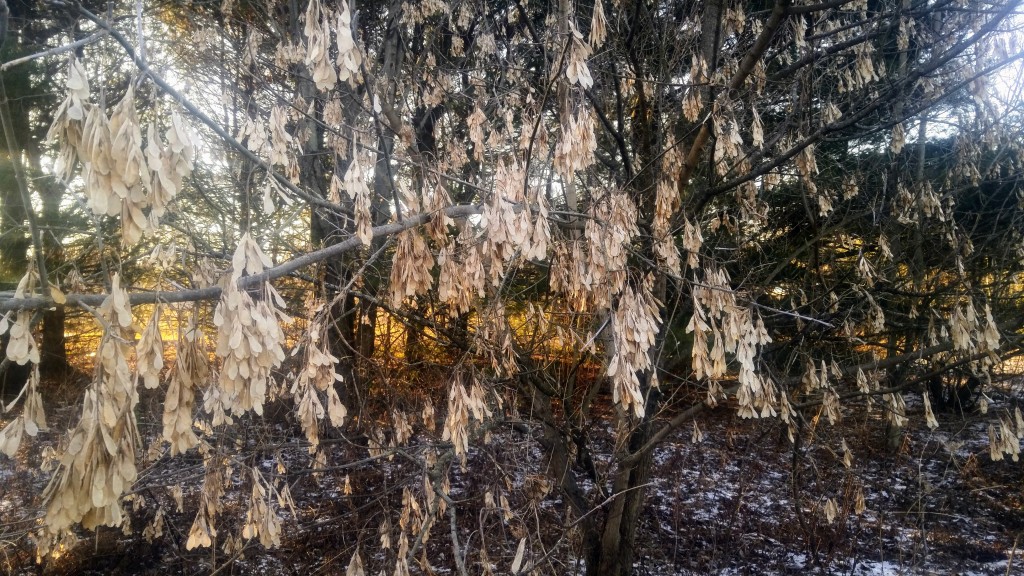
Since boxelder trees are a type of maple, their seeds look much like maple tree seeds enclosed in little “helicopters” called samaras.
Boxelder trees are often called weedy trees because they are able to sprout up just about anywhere. For example, in urban areas they’re sometimes found growing against the walls and foundations of buildings. Female boxelders produce enormous amounts of seeds that are carried by the wind and dropped randomly.
The nutritious boxelder seeds hang on the tree through winter making them easy to find by critters during harsh winters.
Even though it is a native tree, you may not want to introduce boxelders onto your property due to their aggressive growth.
On the other hand, if you already have a boxelder growing on your property and it’s in an out of the way spot, consider letting it grow so it can continue its role in your local ecosystem. When bitter winters occur in the future, your boxelder might be the difference between life and death for some of your wildlife population.
Bob
